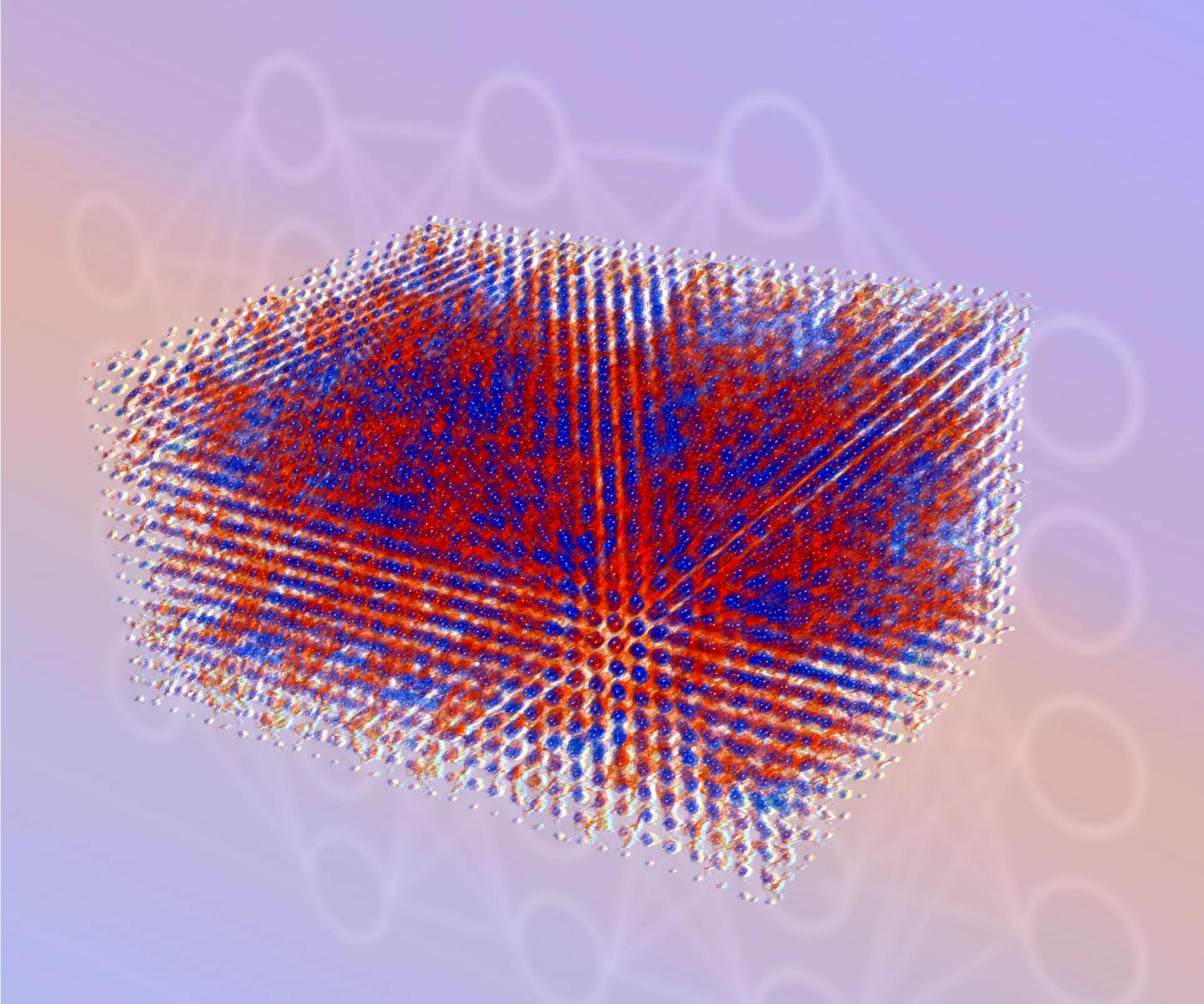The understanding of electronic structure, which pertains to the arrangement of electrons in matter, holds a crucial place in both fundamental and applied research. From drug design to energy storage, the behavior of electrons plays a pivotal role. However, the lack of a simulation technique capable of delivering both accuracy and scalability across different scales has acted as a hindrance to progress in these fields. Addressing this challenge, researchers from the Center for Advanced Systems Understanding (CASUS) at the Helmholtz-Zentrum Dresden-Rossendorf (HZDR) in Germany and Sandia National Laboratories in the United States have devised a machine learning-based simulation method called Materials Learning Algorithms (MALA). This groundbreaking approach surpasses traditional electronic structure simulation techniques, ushering in new possibilities for scientific advancements.
Earlier simulation methods faced limitations in accurately representing the quantum mechanical interactions of electrons. While classical atomistic simulation methods were capable of handling complex systems, they failed to take into account quantum electronic structure, greatly limiting their applicability. Conversely, first principles methods like density functional theory (DFT) provided high fidelity, but their computational demands restricted their use to small scales. Addressing these limitations head-on, the MALA software stack integrates machine learning with physics-based approaches. By combining deep learning, a machine learning method, with physics algorithms, MALA achieves accurate prediction of the electronic structure of materials.
Within the MALA software stack, the arrangement of atoms in space serves as the input, which is then transformed into bispectrum components, encoding the spatial arrangement of atoms. The machine learning model within MALA is trained to make predictions of the electronic structure based on these components. One notable advantage of MALA is that its machine learning model is independent of system size, enabling training on small systems followed by deployment at any scale. The researchers demonstrated the efficacy of MALA by achieving a remarkable speedup of over 1,000 times for smaller system sizes compared to conventional algorithms. Furthermore, they showcased MALA’s ability to perform electronic structure calculations accurately at a large scale, involving more than 100,000 atoms. This accomplishment was realized with modest computational effort, underscoring the limitations of conventional DFT codes.
Attila Cangi, the Acting Department Head of Matter under Extreme Conditions at CASUS, firmly believes that MALA will revolutionize electronic structure calculations. With MALA’s implementation, researchers can now simulate significantly larger systems at an unprecedented speed, thus enabling them to tackle a wide range of societal challenges. This includes the development of new vaccines, studying material defects, exploring chemical reactions, and much more. Moreover, MALA’s approach seamlessly integrates with high-performance computing (HPC) systems. As the system size expands, MALA can leverage HPC resources, particularly graphical processing units, to facilitate efficient and parallel processing.
Siva Rajamanickam, a staff scientist and parallel computing expert at Sandia National Laboratories, emphasizes the suitability of MALA for scalable machine learning on HPC resources. The algorithm employed by MALA can be conveniently distributed across various accelerators, thereby maximizing speed and efficiency in electronic structure calculations.
The development of the MALA software stack has undeniably revolutionized electronic structure simulation by seamlessly amalgamating machine learning and physics-based approaches. This exceptional method ensures both accuracy and scalability, decisively overcoming the limitations of existing techniques. With the advent of MALA, researchers can now simulate larger systems at unprecedented speeds, thereby enabling advancements in diverse scientific fields. The future holds immense potential for utilizing MALA to address critical societal challenges and propel further research and development endeavors.


Leave a Reply